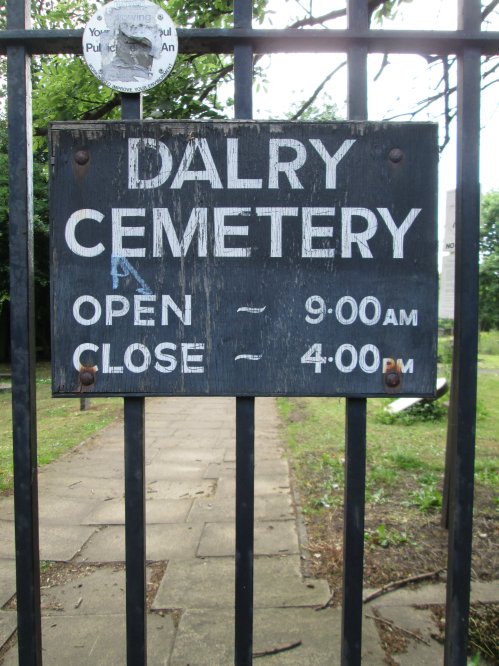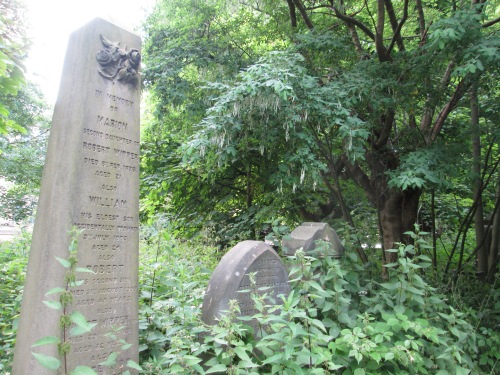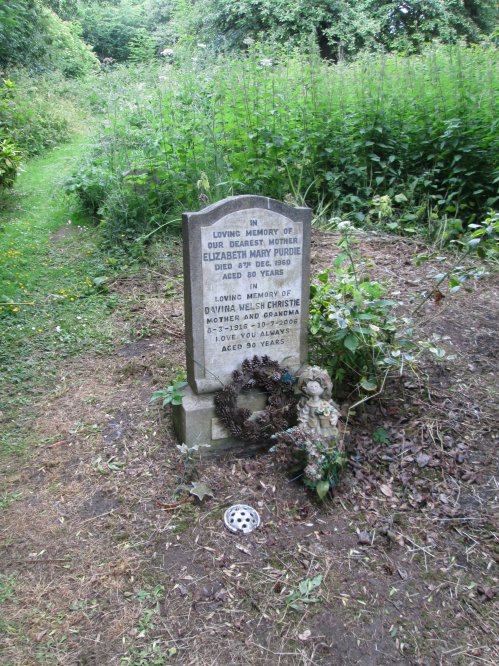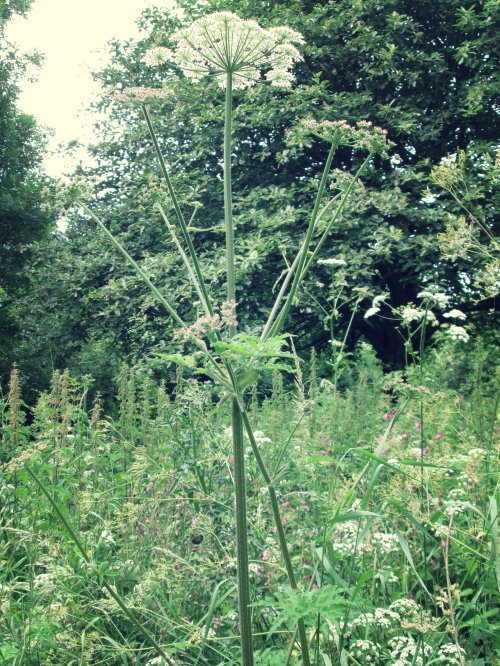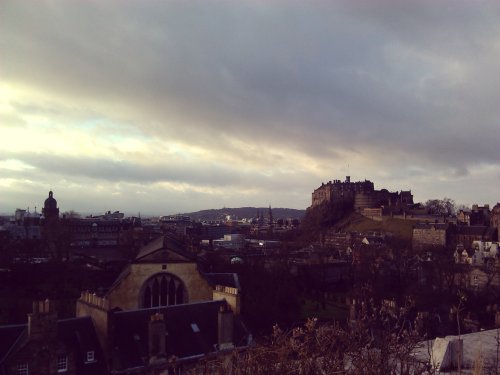(Abandoned home near Española, New Mexico)
A time of soft-shelledness, spongelike and tender, that’s the research and first draft stage. I gather images, fragments, from the apocalypses the world has really seen. Psychogeographies of the most painful sort. I peer from under my stone, pulling threads from dark water.
(Nuclear Warning quilt, Santa Fe, New Mexico)
I’m thinking of the materials of disaster – that which causes it, solid real harmful hazardous do not ingest – and that which is created by disaster. Either intentionally, in the image above, or unintentionally, as in every city lost to radiation, to disease, to poverty, to social injustices, to nature itself.
(Graveyard in the abandoned Doodletown, NY)
Pompeii, Herculanium, Doodletown, The Highland Clearances, the Fukushima district, Pripyat. There are hundreds of examples of lost settlements, things that could be read as apocalyptic, depending on your view of apocalypse. Every war zone, for example. Look at photographs of Syrian cities and see how much they resemble depictions on film of a world decaying, a world almost without us. Though, nothing is through, nothing is neat. With apocalypses the true thing is that there is no clean end.
This is hard research to do. Hence the soft shell. Like the crumbling shells of buildings, the writer looks out on the world, half open. Unlike a building, the writer has to take breaks. Find more careful, more kind things to do with herself. I read fiction and I look at non-hazardous art. But of course contentment is limited when you are in the soft-shell state. When you deliberately try to understand and thread disparate things together from these raw, disastrous materials.
I look once again to that famous Louis MacNeice poem, ‘Snow’ as a kind of confounding guide, to the present situation, the present state of overwhelm. And I leave you with it, having nowhere to guide either you or myself at the moment:
Snow
The room was suddenly rich and the great bay-window was
Spawning snow and pink roses against it
Soundlessly collateral and incompatible:
World is suddener than we fancy it.
World is crazier and more of it than we think,
Incorrigibly plural. I peel and portion
A tangerine and spit the pips and feel
The drunkenness of things being various.
And the fire flames with a bubbling sound for world
Is more spiteful and gay than one supposes–
On the tongue on the eyes on the ears in the palms of your hands–
There is more than glass between the snow and the huge roses.




